I am new to Qlikview and after several failed attempts I have to ask for some guidance regarding charts in Qlikview. I want to create Line chart which will have:
One dimension – time period of one month broke down by days in it
One expression – Number of created tasks per day
Second expression – Number of closed tasks per day
Third expression – Number of open tasks per day
This is very basic example and I couldn’t find solution for this, and to be honest I think I don’t understand how I should setup my time period dimension and expression. Each time when I try to introduce more then one expression things go south. Maybe its because I have multiple dates or my dimension is wrong.
Here is my simple data:
I have been reading about helper tables like Master Callendar or “Date Island” but I couldn’t grasp it. I have tried to follow guide from here: https://community.qlik.com/docs/DOC-8642 but that only worked for one date (for me at least).
How should I setup dimension and expression on my chart, so I can count the ID field if Created Date matches one from dimension and Status is appropriate?
I have personal edition so I am unable to open qwv files from other authors.
Thank you in advance, kind regards!


